You are currently viewing SemiWiki as a guest which gives you limited access to the site. To view blog comments and experience other SemiWiki features you must be a registered member. Registration is fast, simple, and absolutely free so please,
join our community today!
IC designers contemplating the transition to 16nm FinFET technology for their next SoC need to be informed about design flow and IP changes, so TSMC teamed up with Cadence Design Systems today to present a webinar on that topic. I attended the webinar and will summarize my findings.
Shown below is a 3D layout concept of an ideal FinFET… Read More
The 8051 microcontroller has been around for years…decades in fact. It was originally developed in 1980 by Intel. Back then it required 12 clock cycles per instruction but modern cores use just one. While it is still widely used, mostly as an IP core for SoCs, it is running out of steam despite running over 50 times faster than… Read More
Atmel was founded in 1984. The name stands for “advanced technology for memory and logic” although initially the focus was on memory. George Perlegos the founder had worked in the memory group of Intel back when Intel was a memory company and not a microprocessor company although that didn’t stop Intel suing… Read More
When we last visited texture compression technology for OpenGL ES on mobile GPUs, we mentioned Squish image quality results in passing, but weren’t able to explore a key technology at the top of the results. With today’s introduction of the ARM Mali-T720 GPU IP, let’s look at the texture compression technology inside: Adaptive… Read More
ARM Announces A17by Paul McLellan on 02-11-2014 at 12:36 pmCategories: Arm, IP
It is microprocessors all the time right now, with Linley last week. Today ARM announced the next generation Cortex-A17 core. It is a development built on the Cortex-A12 core, itself built on A7 (which is the current volume leader). ARM says that it is 60% faster than the A7 core, although I’m sure a lot of that gain is a process… Read More
…then you should read about this benchmark result showing how digital power varies with process corners, for high-speed data networking chip, not exactly the type of IC targeting mid-performance mobile application. Before discussing the benchmark results, we need to have some background about this kind of ASIC chip. Such a … Read More
Last week I attended the Linley Datacenter Conference. This is not the conference on mobile which is not until April. However, a lot of the growth in datacenter is driven by mobile, with the increasing dominance of the model where data is accessed by smartphones but a lot of the backend computing and datastorage is in the cloud.
From… Read More
Digital verification of SoCs is a well-understood topic and there’s a complete methodology to support it, along with many EDA vendor tools. On the AMS (Analog Mixed-Signal) side of the design world life is not so easy, mostly because there are no clear standards to follow.
To gain some clarity into AMS verification I spoke… Read More
[TI’s China Foundry acquired from SMIC]
During my engineering graduation, electronic design courses and mini-projects, the ICs I used to come across were SN 7400 series from Texas Instrumentsthat covered a large range of devices from basic gates and flip-flops to counters, registers, memories, ALUs, system controllers, and… Read More
LinkedIn is without a doubt the number one social network for semiconductor professionals. Based on my experience, the big LinkedIn boom came with the massive unemployment during the Great Recession of 2009. In my estimate, unemployment was 12%+ at the high point in Silicon Valley and resumes clogged the internet with LinkedIn… Read More

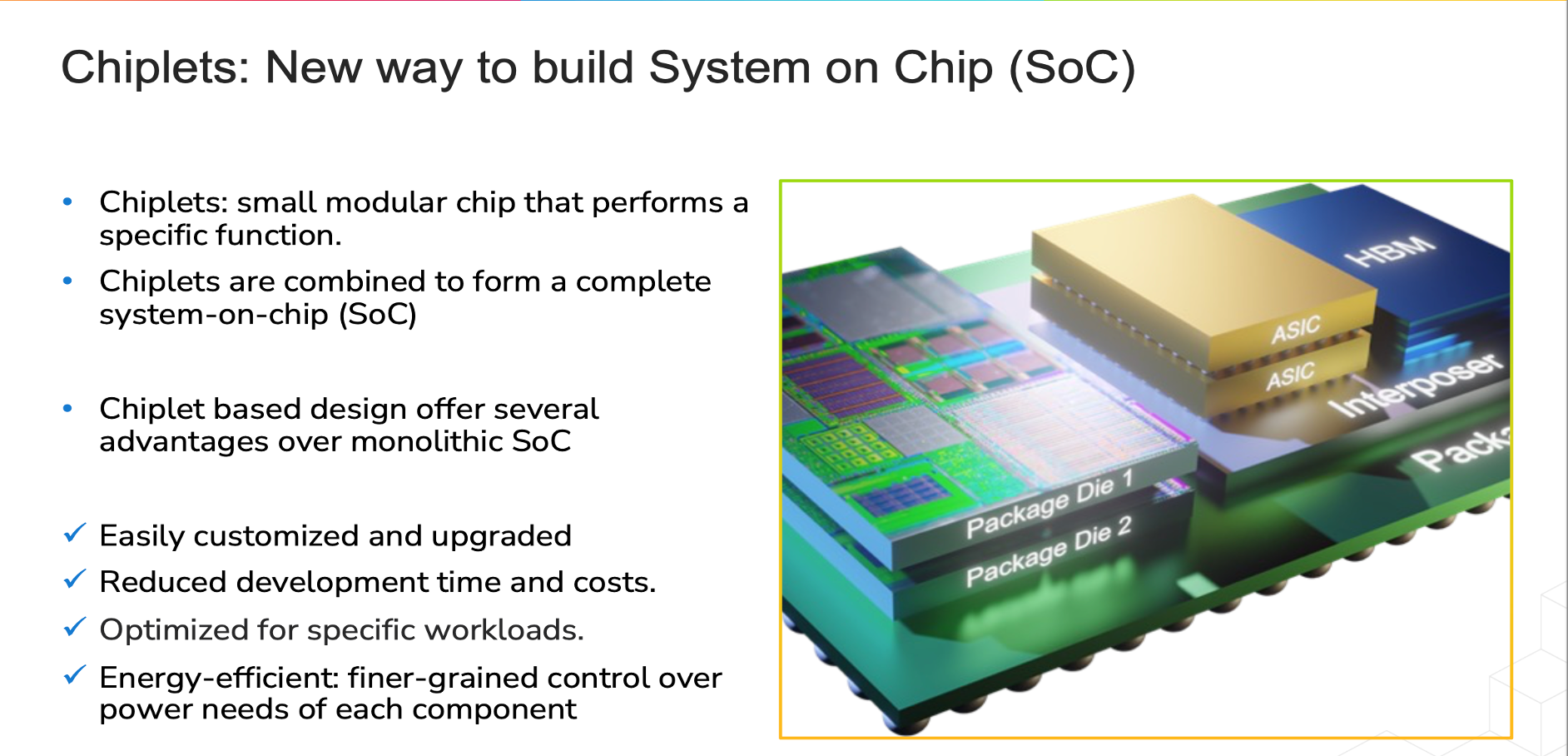
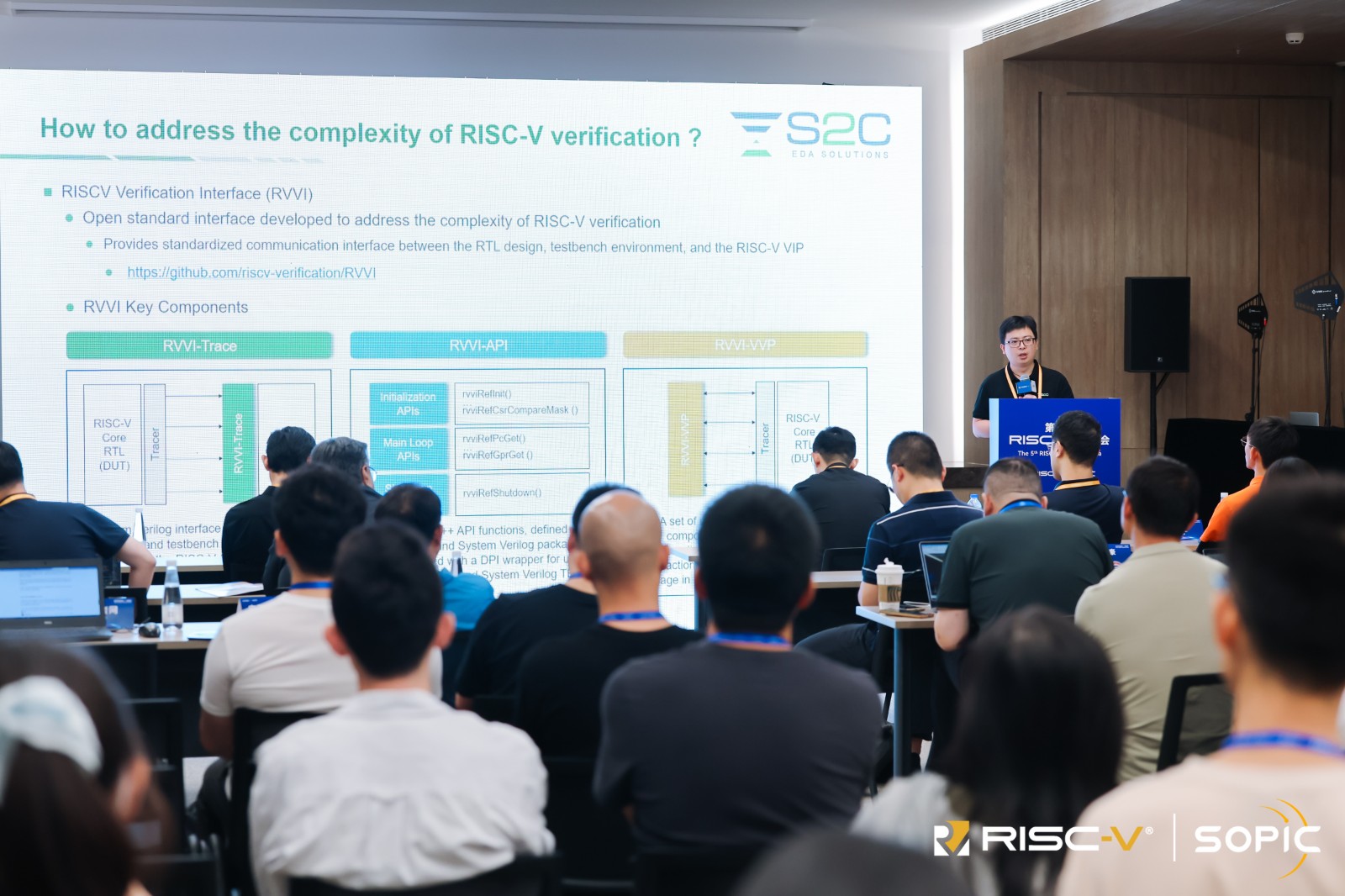
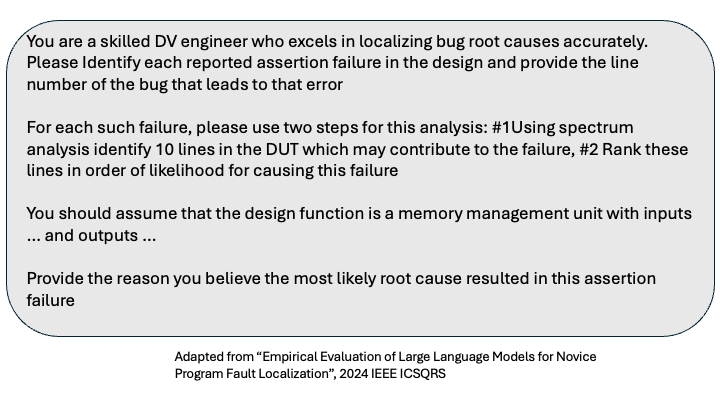
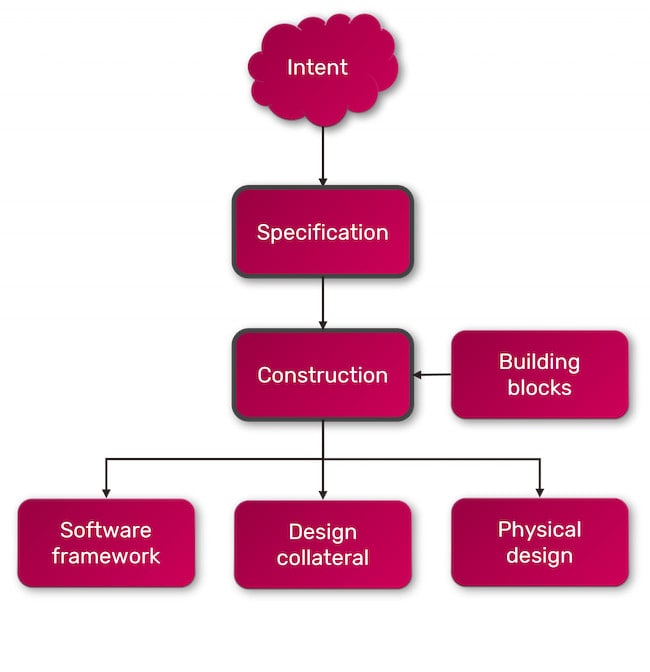


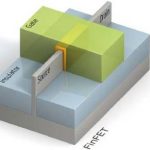

Should the US Government Invest in Intel?